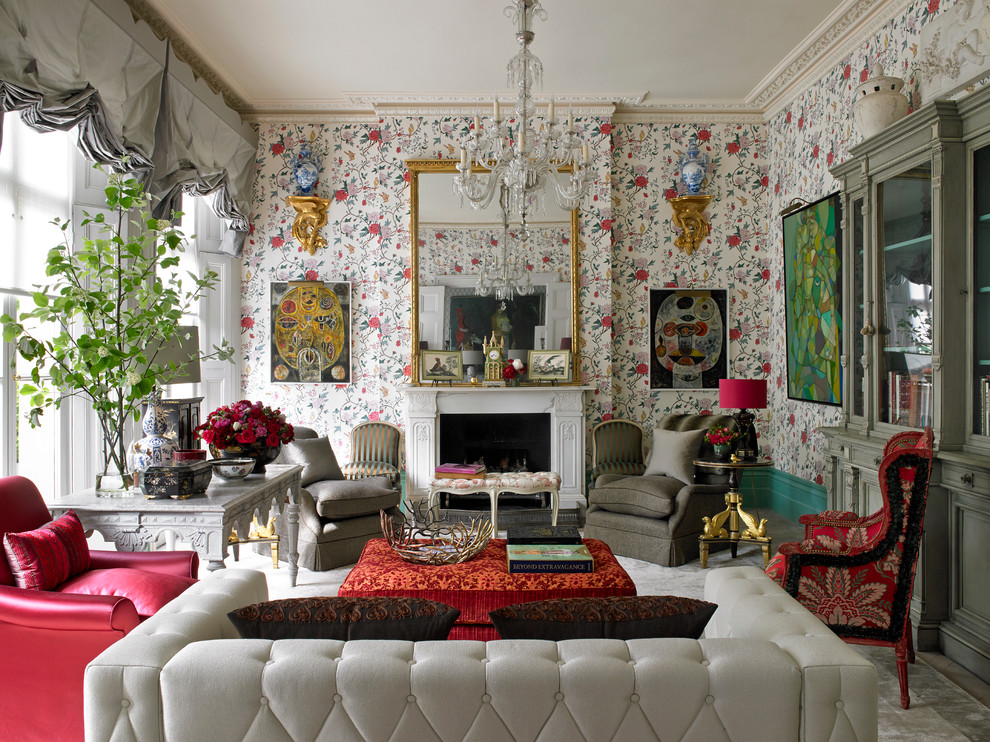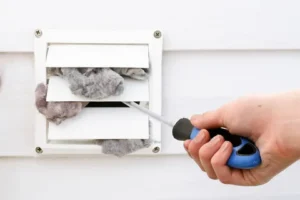
In a world that thrives on speed fast fashion, instant coffee, overnight shipping—home decorating has become yet another race. The trend cycle is quicksand, and the pressure to have a “Pinterest-worthy” space overnight is louder than ever. But there’s a quiet rebellion happening behind closed doors. A revolution in stillness. A celebration of space that evolves rather than explodes into being.
This is the joy of slow decorating. And it’s less about style than it is about soul.
Rooms That Reveal Themselves Over Time
Slow decorating begins with the radical idea that a room doesn’t need to be finished right away. That, in fact, the concept of a “finished room” may be a myth altogether.
Instead of buying in bulk or clicking through a one-stop-shop haul, slow decorating invites you to pause. To let the room speak. To live in it a little longer before deciding what it wants—or needs—to become.
This approach allows textures to emerge, moods to settle, and moments to find their shape. A blank wall might stay blank for months before the perfect piece finds it. A corner might remain unfilled until the light teaches you what wants to sit there.
In this method, the room is not a project to be completed but a partner in conversation. The process is symbiotic. You evolve with your space, not for it.
The Beauty of Imperfect Harmony
Instant decorating is obsessed with coordination. Matching sets, pre-designed palettes, perfectly staged vignettes. But slow decorating embraces the eclectic, the mismatched, the sentimental.
Maybe the rug doesn’t match the curtains. Maybe the bookshelf leans a little. Maybe that vintage chair doesn’t “go” with anything else—but it belonged to your grandmother and feels like a hug. That’s the beauty. Nothing looks overly calculated, because it isn’t.
This imperfection is not accidental. It’s deeply human. It reflects a life lived, not a catalog staged. Over time, pieces are gathered not because they complete a look, but because they complete a feeling. A memory. A connection.
Slow decorating isn’t afraid of pause or patchwork. It welcomes the spaces in between. The shelf that’s half-full. The table that’s still waiting for the right lamp. The result is a space that doesn’t scream for attention—but when you walk in, it feels like you.
Objects With a Backstory, Not Just a Barcode
One of the cornerstones of slow decorating is sourcing pieces with intention, rather than impulse. This means fewer fast buys and more stories. Each object is curated, not just purchased.
It’s the ceramic bowl you found in a sleepy village two summers ago. The painting you traded with an artist friend. The mirror you unearthed at a local market and carried four blocks in the rain. These are not just things. They are extensions of experience.
Objects with meaning bring energy into the room. They’re conversation-starters, memory-triggers, emotional anchors. They change the space not just visually, but energetically. You’re not surrounded by products—you’re surrounded by experiences made tangible.
And yes, this process takes time. But time is the currency slow decorating thrives on.
The Subtle Anchors of Presence
In a space that’s being slowly shaped, certain pieces play an anchoring role. They don’t dominate the design, but they ground it. They provide a sense of order amid the evolving.
One such piece is a sofa console table. It might seem like a supporting character in a room’s story, but it does far more than hold lamps or candles. It creates a natural rhythm to the room’s flow—quietly guiding the eye, segmenting space, and offering a visual pause between the chaos of color or fabric.
Strategically placed, it becomes a shelf of intention. Not a surface for clutter, but a curated canvas for framed photos, a stack of meaningful books, or a slowly rotating collection of personal treasures. Its presence says: “There’s no rush. This space is being built on meaning, not momentum.”
Emotional Architecture: How a Room Can Heal
When you take your time decorating, you’re not just arranging furniture—you’re building emotional architecture. Each piece, each placement, is a choice rooted in self-awareness.
You learn what colors make you feel safe. Which textures calm you. What lighting shifts your mood. You don’t choose based on a trend board—you choose based on how a thing makes you feel at 9 p.m. on a rainy night or 6 a.m. with a cup of tea.
This is therapy made tangible. A space that doesn’t just house your body, but holds your spirit. And like therapy, it doesn’t happen in one session. It happens in layers. Slowly. With patience.
Some days you might move the armchair three times before it feels “right.” Other days you’ll stumble upon a pillow that inexplicably makes the whole room click. It’s not about logic—it’s about emotional resonance.

Seasons Change, and So Should Rooms
Another joy of slow decorating is its adaptability. Because the space isn’t locked into a rigid theme, it breathes with your life. When seasons shift, when your interests evolve, when your needs change your room welcomes the transition.
You might replace a wool throw with linen in spring. Switch a gallery wall into a moodier tone by fall. Rearrange your bookshelf not for symmetry, but for story. The point is: nothing is fixed. The room grows as you do.
In a world that encourages permanence and performance, slow decorating offers a kind of creative liberation. You don’t have to get it “right” the first time. You just have to keep listening.
Conclusion: The Luxury of Time
Slow decorating is not lazy. It is not indecisive. It is, in fact, one of the most intentional forms of design you can practice.
It asks you to know yourself before shaping your space. To seek quality over quantity. To treat your home not as a product to be consumed, but as a relationship to be nurtured. And like any good relationship, it needs time, presence, and patience.
In the quietness of slow decorating, there is joy. The joy of finding the perfect piece after months of searching. The joy of sitting in a room and knowing everything in it has a reason. The joy of not rushing. Not performing. Just being—in a space that reflects who you truly are.
So next time you’re tempted to buy it all in one weekend or finish a room for the sake of appearances—pause. Let the space whisper. Let it evolve.
Because the joy of slow decorating is not in the completion. It’s in the becoming.





